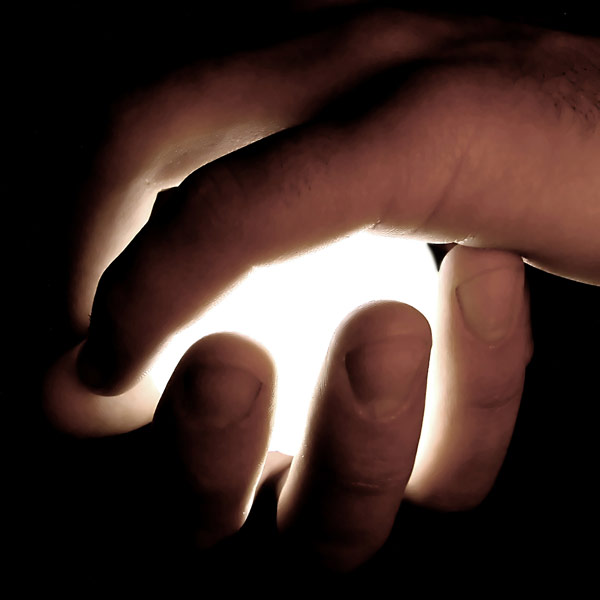TUESDAY, Aug. 2, 2016 (HealthDay News) — When parents watch babies sleep, they often assume that the tiny twitches they see are a response to a dream. But researchers believe that twitching may actually be part of a baby’s motor skills development.
When a baby’s body twitches during rapid eye movement (REM) sleep, it’s triggering circuits throughout the brain to teach newborns about their limbs and how to use them, University of Iowa researchers believe.
Along with increasing knowledge about early development, learning more about early sensory and motor (sensorimotor) skills development could help improve understanding of certain developmental disorders, such as autism and schizophrenia, the researchers said.
“Although often overlooked, there is a substantial problem with the sensorimotor system in these disorders,” Mark Blumberg, a professor in the department of psychological and brain sciences, said in a university news release.
Blumberg and research scientist Greta Sokoloff initially worked with baby rats. But, they’re now studying infants aged 2 weeks to 18 months to compare their sleep twitches and physical activities while awake.
“We are beginning to see intriguing relationships between twitching and the skills that babies are developing,” Blumberg said.
For example, there appears to be a link between infants’ neck twitches during sleep and their ability to support their heads while awake.
“Once the infants are able to support their head while they are awake, the proportion of neck twitches to other types of twitches goes down,” Sokoloff said.
“We are looking for relationships like these where we can potentially use twitches to predict the onset of new motor skills and perhaps, in time, detect developmental problems,” she explained.
The researchers have also noted that twitches in the fingers and wrists occur when babies start to try reaching for things.
Adults also twitch in their sleep, which may be a way of updating the sensorimotor system, the study authors suggested.
“We gain weight, we lose weight, we do strength training, and learn new skills,” Blumberg said. “All of these things require re-calibration of our sensorimotor system.”
More information
The U.S. Centers for Disease Control and Prevention outlines children’s developmental milestones.
Copyright © 2025 HealthDay. All rights reserved.

